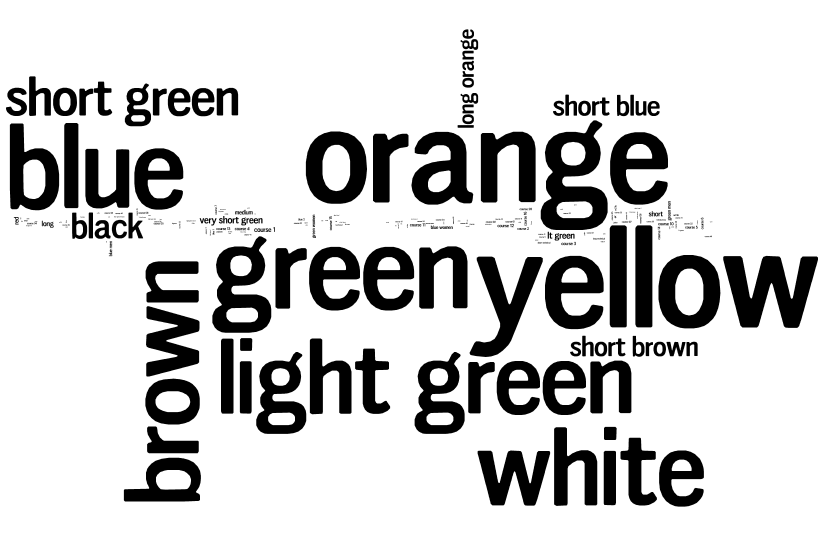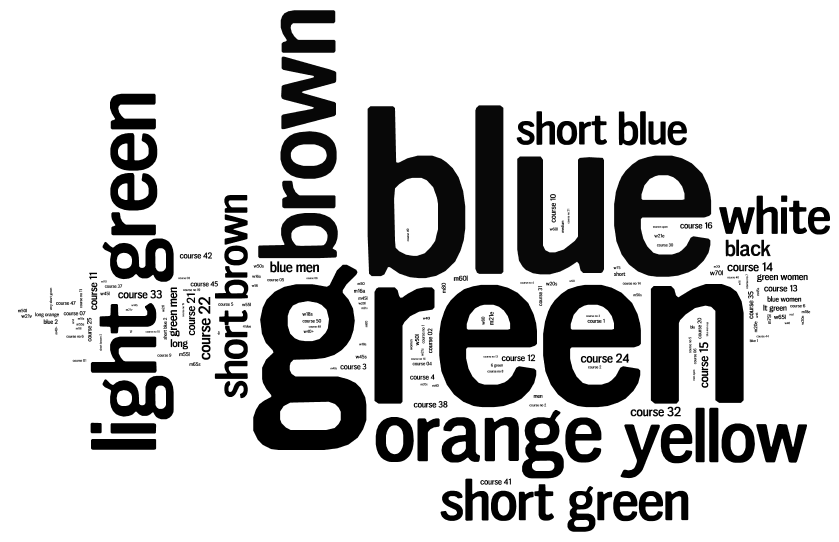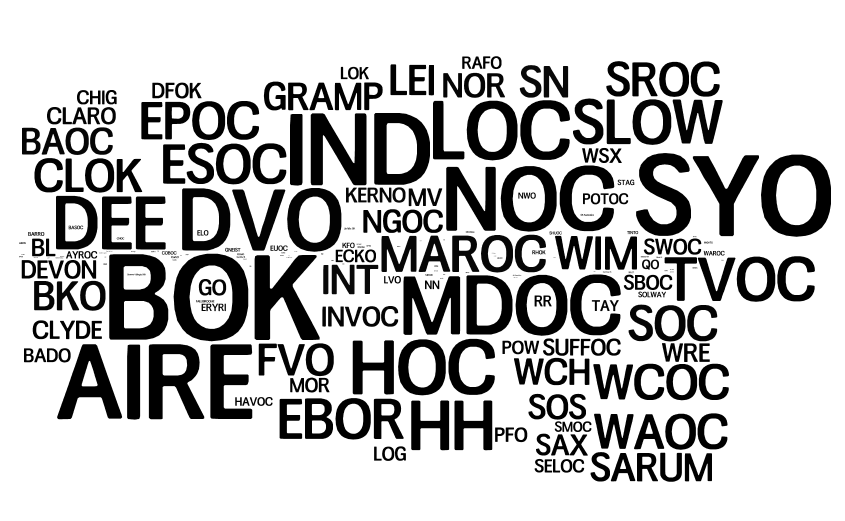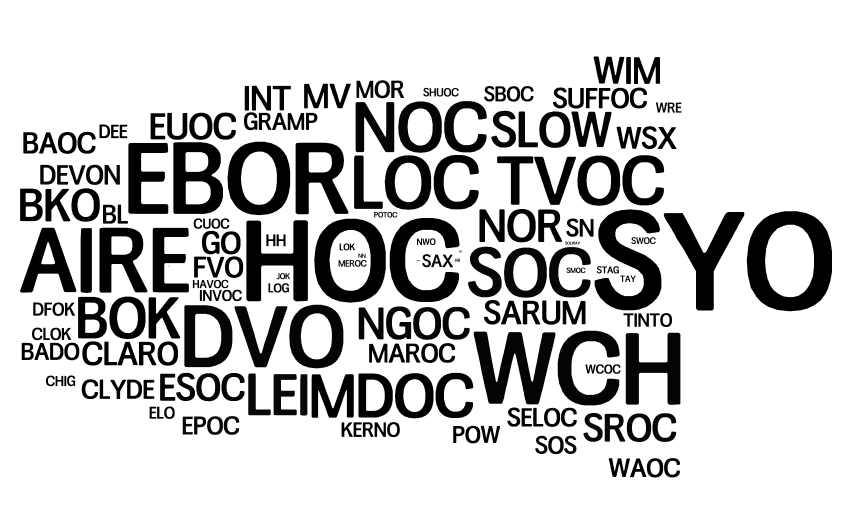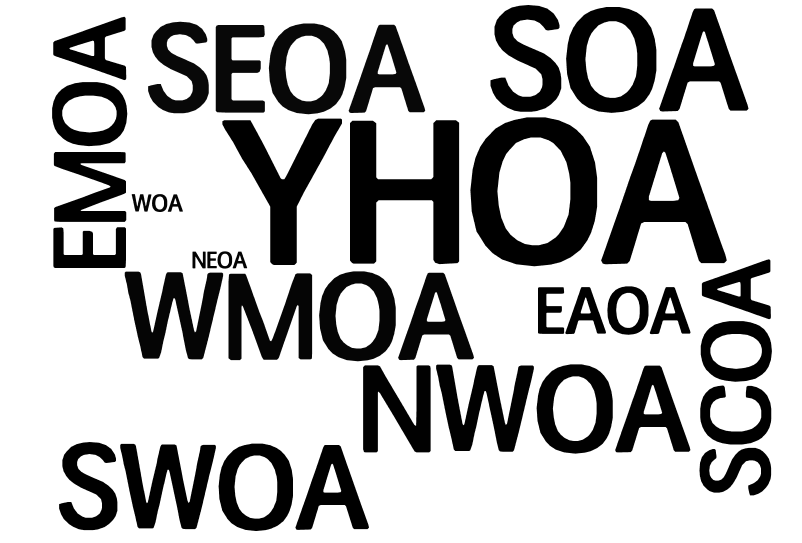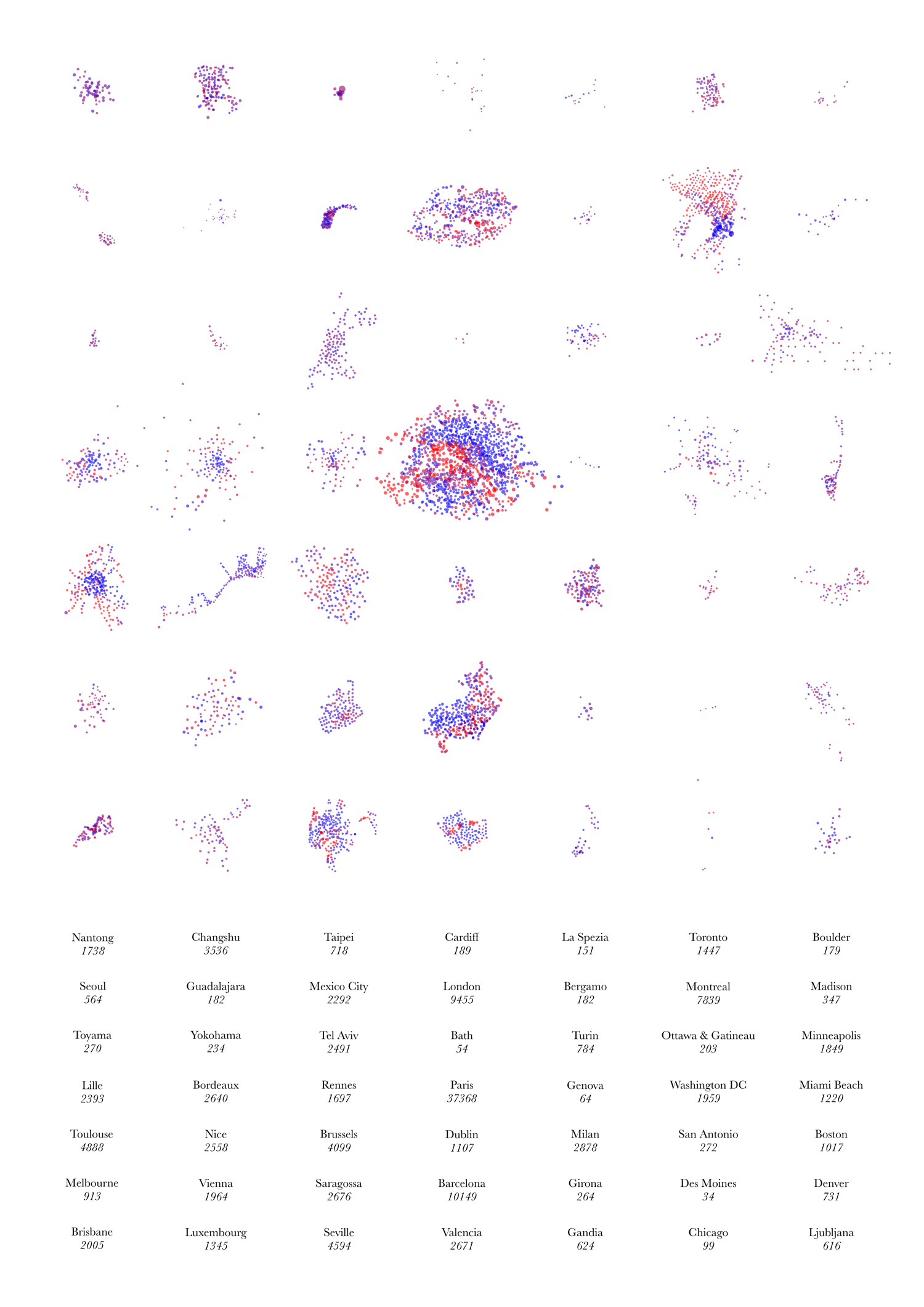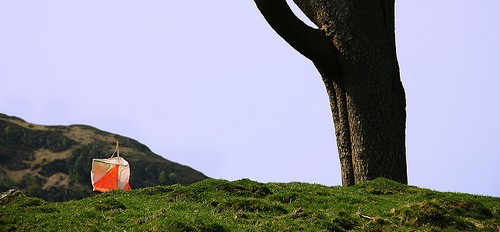
I’ve had an idea for a new type of orienteering club for London. One with a slightly different focus to the current ones. My inspiration is City Runners and Centrum OK, and to a lesser extent Stragglers RC and Fetch Everyone.
- Its aim would be member training, socialising and attending external events in a coordinated way, rather than putting on events.*
- Its initial life would be as an community orienteering group (it is unclear whether such entities can be affiliated to the national federation) moving to full club status when membership numbers – and so finances – allowed, and certainly before it put on public events. Alternatively, and probably more likely, it could exist as a satellite of another club, such as MADO, which is/was a satellite of HOC.*
- Membership would be very cheap – say £4 (+national/regional membership) or even free – it would be the cheapest way to be a member of an orienteering club and a national federation – especially as local-level national/regional membership is also free for the first year, making membership completely free for new people.**
- It would potentially affiliate also to England Athletics – although as community running group rather than as a full running club.*
- It would be an open, geographical club with core membership intended to be in, but not limited to, London Zones 1-4, or people who are otherwise very well connected to the centre of London.*
- It would be called something like Central London or Cross River, to reflect its central London focus. Acronyms for the club name would be avoided as far as possible.*
- It would have little kit of its own. It would probably have a small set of training flags, possibly acquired through the “Year in a Box”, bought from the national federation.
- It would have a significant sponsor.
- PROMOTION
- Promotion would be entirely online. It would have a small, low-key website, an announcement email list, a Facebook group and probably a Twitter account.*
- Its primary form of promotion, announcements etc would be through the Facebook group.*
- If funds allowed, a limited amount of advertising would be placed through Facebook and Google Adwords.
- It would not have a paper newsletter, print flyers or indeed have any paper presence.*
- EVENTS AND TRAINING
- It would in fact run some events, membership willing, but these would mainly be in the Street-O format (both score and point-to-point). Eventually it would put on a couple of Park Race style events in the summer time, once a small number of parks had been mapped by members of the club and members had gained the necessary qualifications.***
- Professional mappers would not be employed. If possible, the club’s maps would be produced using FOSS.
- As soon as its finances allowed, first-claim members would be able to attend all events put on by the club for free.
- Its members would be actively encouraged to regularly take part in local events put on by the other London clubs and, if available, join such clubs as second-claim members.
- It would eventually have a club kit but this would be in the form of runners’ technical tops rather than orienteering kit or runners’ race kit.*
- It would have a club night run from a regular and central London location, probably a friendly pub. This would often take the form of a run rather than technical training.*
Inspired by:
* City Runners
** Stragglers
*** Centrum OK
Photo by timbobee.





